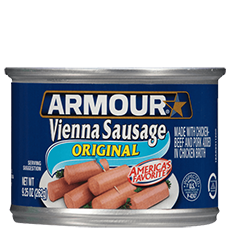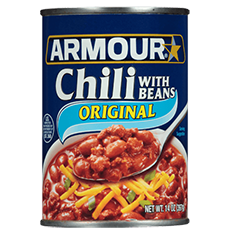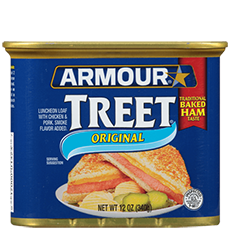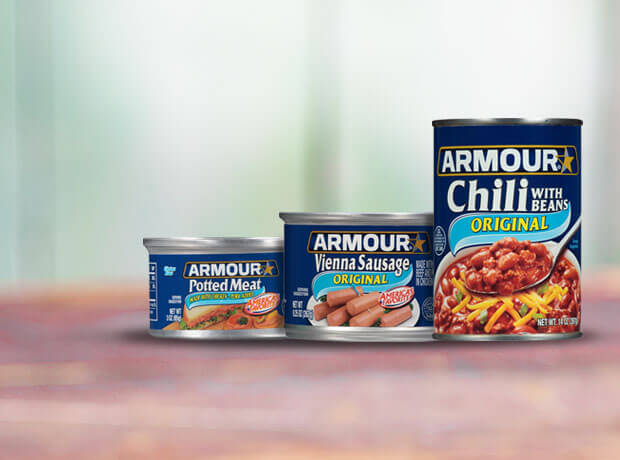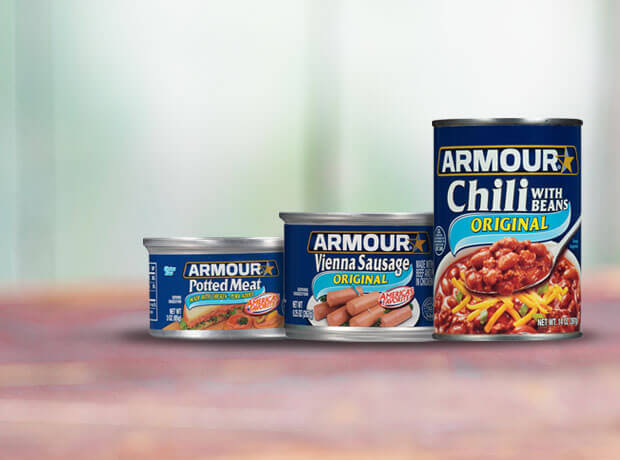The Armour Star Story
Armour and Company was an American meatpacking company founded in Chicago, Illinois, in 1867 by Philip Danforth Armour (1832-1901). By 1880, Armour and Company was Chicago's most important business and helped make the city and its Union Stock Yards the center of the American meatpacking industry. Armour and Company was the first company to produce canned meat and also one of the first to employ an assembly-line technique in its factories.
In the early 1920s, Armour encountered financial troubles and the Armour family sold its majority interest to financier Frederick H. Prince. The firm retained its position as one of the largest American firms through the Great Depression and the sharp increase in demand in World War II.
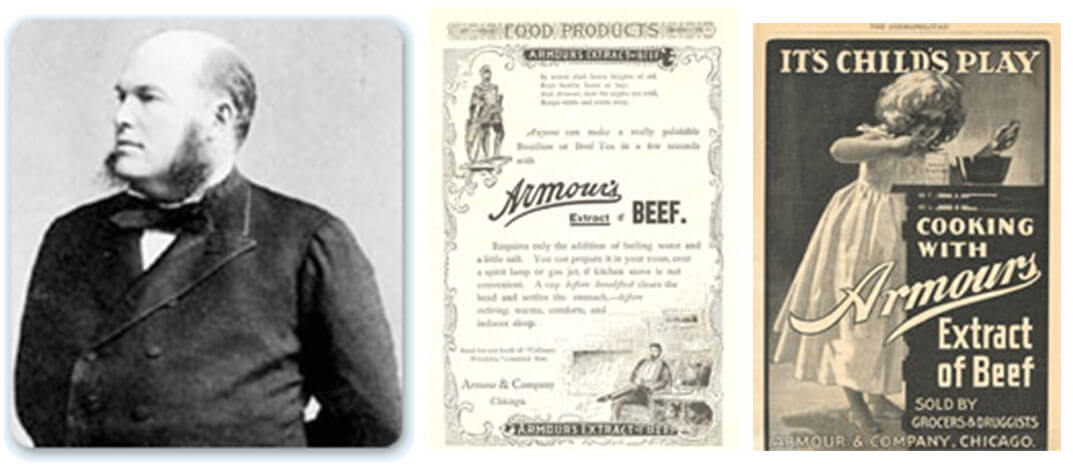
In 1948, Armour (which made soap for years as a by-product of the meatpacking process) introduced the first deodorant soap, Dial, which became as strong a seller as its meat products, and eventually the company renamed itself the Armour-Dial Corporation.
Today, Armour Star offers a wide range of easy-to-make solutions for all of your meal and snacking occasions. Start your day with the great taste of Armour Star Corned Beef Hash for breakfast, enjoy a Treet sandwich at lunch, or have a hearty bowl of Armour Star Homestyle Beef Stew for dinner. Between meals, refuel with America's favorite Vienna Sausage Brand or spread Armour Star Potted Meat on crackers for a satisfying snack.
Armour Star's Vienna Sausages and Potted Meat are America's #1 brands and offer a tasty solution for those on-the-go occasions when you need a portable snack to enjoy on the run. Armour Star has been feeding families for generations, so you know it's good. And, given today's busy lifestyles, you're sure to find a quick, convenient, and great-tasting Armour Star product to satisfy your craving, whatever the occasion. Remember, any time is Armour Star time!
Be Prepared
Be Prepared
Armour Star believes every family should create and practice a Family Disaster Plan and maintain a Disaster Supply Kit. To best prepare, every household should take into account the types of disasters that occur in their community and plan accordingly.
Download Disaster Preparedness PDF
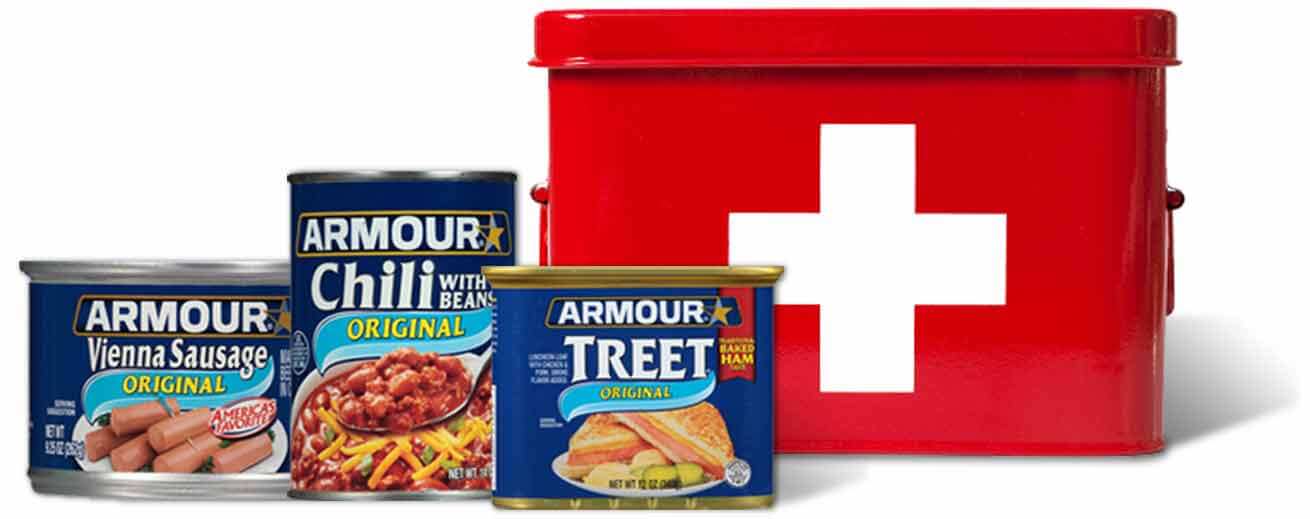
Plan Ahead!
Plan Ahead!
- Learn what type of disasters could occur in your community. Talk to your local Red Cross chapter or emergency management office.
- Ask about the disaster plan at your workplace and your children's school, and the disaster plans of friends and family.
- Create a household evacuation plan.
- As a household, agree on one place to go if you are instructed by your community to evacuate.
- Establish a route to get there with several alternatives in case of traffic or flooding.
- Each family member should have a list of telephone numbers of emergency contacts who can help in an emergency.
- Establish a household contact person who can help coordinate with members of your household to establish a rendezvous location and who knows how to get ahold of each person in an emergency situation.
- Maintain a Disaster Supply Kit that contains:
- First aid supplies
- Portable battery-powered radio or television with fresh batteries
- Flashlight with extra batteries
- Water (3 gallons per person)
- Canned food and can opener
- Nonperishable dry grocery items
- Basic tool kit, duct tape, and plastic sheeting
- Sanitation supplies, trash bags, toilet paper, hand sanitizer, soap, etc.
- Household bleach
- Sleeping bags or blankets for each person
- A complete change of clothing for each person
- Rain gear or other protective clothing
- Special items such as: infant formula, medications, contact lenses, etc.
- Items for seniors, disabled persons, or anyone with serious allergies
- Items needed for any pets or any animals you may take with you
- Waterproof matches
- Copies of all personal identification, medical prescriptions, car keys, and house keys
- A map with areas where your household can go for safety
- Entertainment
As a Disaster Approaches
As a Disaster Approaches
- Listen to your local radio or television station for updated weather information and for potential evacuation plans.
- Move any outdoor furniture or toys into your home or garage.
- Gather together:
- Disaster supply kit
- Personal information or documents
- Cash and credit cards
- Map marked with evacuation route
- Keys
- Make sure your vehicle has a full tank of gas.
- Turn off utilities and unplug any electrical devices.
- Turn off any propane tanks.
While You Evacuate
Stay calm. Listen to the local authorities in your community and they will help guide you to safety. Parents, you may want to bring comfort items for your children such as a favorite animal, blanket, or pillow.

